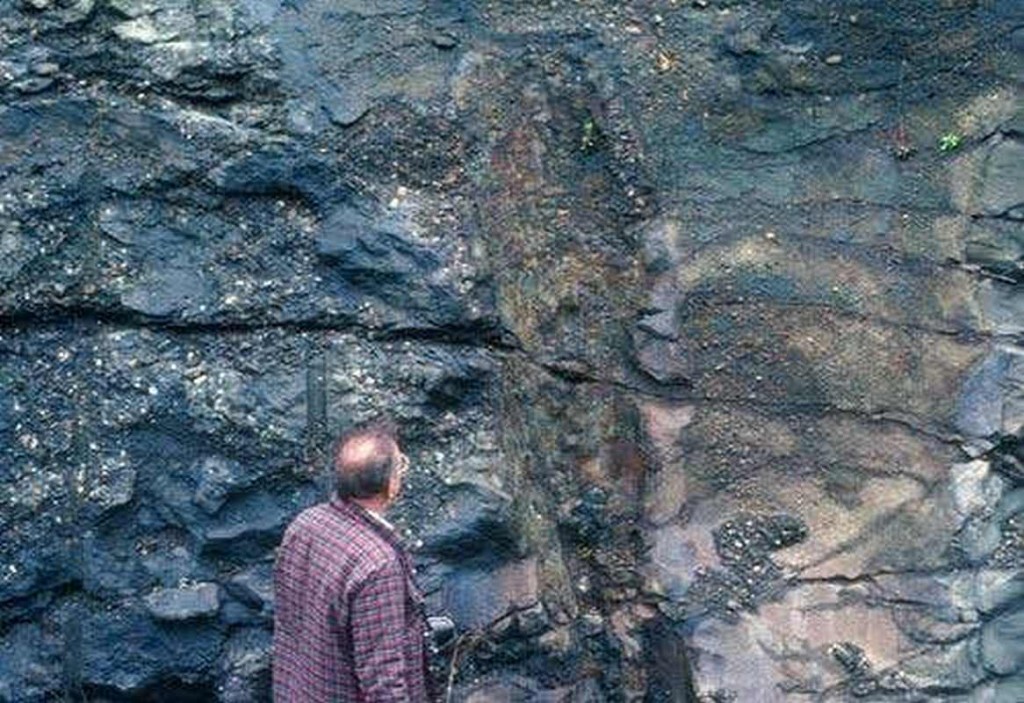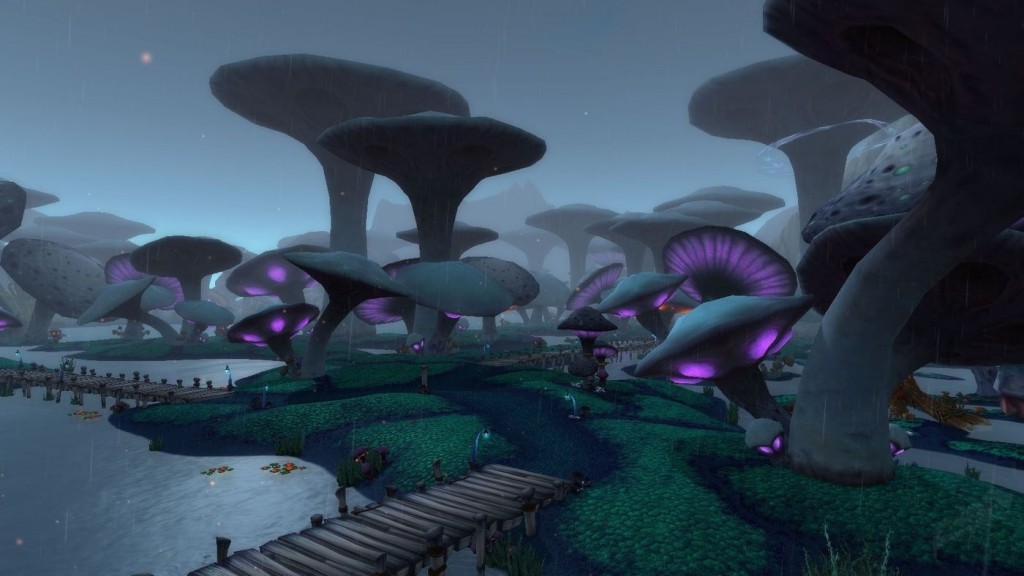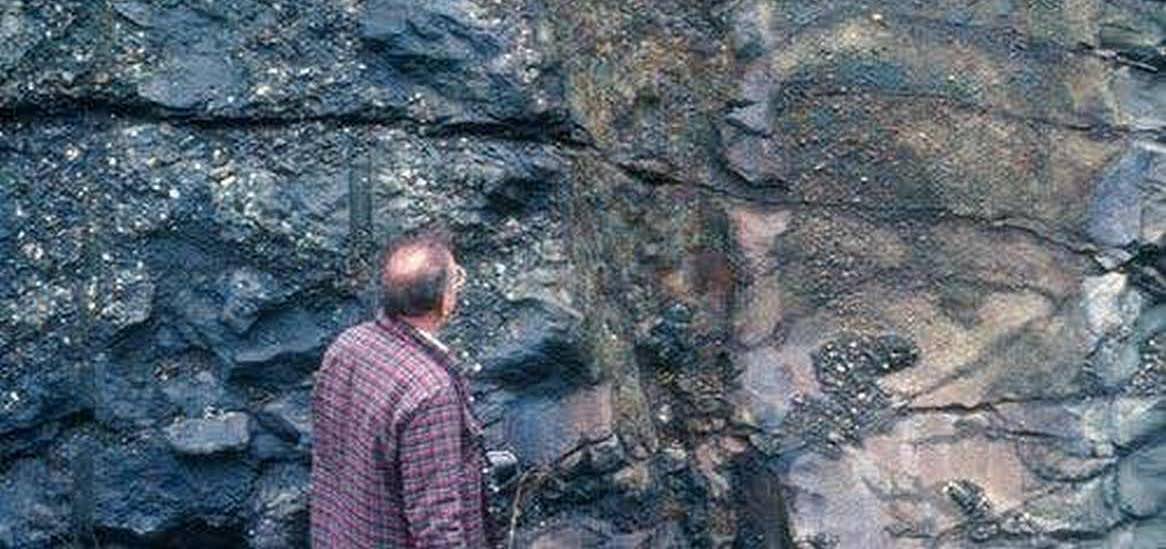
Cast a net back 450 million years ago to the Ordovician Era, and you wouldn’t capture anything more than the ancestors of millipedes and worms.
However, you might notice 29-feet-tall (8m) trunks without branches or leaves, towering over a landscape of newly-evolved vascular plants.
These trunks, which have been found as fossils all over the world, are now strongly believed to be mushrooms—giant fungal towers that mean the kingdom of fungi produced the first giant land organism.
The idea of a ‘fungal forest’ is one that’s often reproduced in fantasy and science-fiction writing. Mushrooms, for many, many reasons, are extremely attractive to the human eye and imagination. From Super Mario living in a mushroom-powered world at times, to the visual art in James Cameron’s Avatar, why have trees when you could have mushrooms?
In 2008, a large trunk-like fossil was uncovered in Saudi Arabia. Identified as a Prototaxite, it presented more evidence of the fact that these strange biological spires from the mists of evolutionary past are mushrooms. First found in 1843, Prototaxites have been called lichens, algae, trees, and even large mats of liverworts that had been rolled up before they were fossilized.
MORE PREHISTORIC NEWS: World’s Largest Prehistoric Flower Preserved in Amber is Stunning Reminder of Nature’s Beauty –LOOK
However, several key features have repeatedly brought scientists like C. Kevin Boyce, a geophysicist at the University of Chicago, who has published several papers on Prototaxites, back to the theory that they were fungi.
“A 6-meter-fungus doesn’t make any sense, but here’s the fossil,” he told New Scientist in 2007. “No matter what argument you put forth, people say it’s crazy.”
They are made up of narrow tube-like structures 20-50 microns in diameter that weave around one another, and filaments that are even thinner and have inner perforate walls—a trait found only in red algae and fungi.

Another aspect is their carbon content. Atmospheric CO2—carbon-12 and carbon-13 molecules—should be the same for all plants that live during the same period. Prototaxites is different in this regard; its carbon makeup is different compared to all other plants of the immediate stage in the Ordovician Era during which it lived.
MORE FOSSIL DISCOVERIES: Spectacular Fossils Discovered from Prehistoric Rainforest Reveal Intimate Details From 11 Million Years Ago
Amazingly, even this far back, paleobotanists have been able to detect interactions with the giant fungal towers and their environment. Prototaxites mycelia, the thread-like root structures of a fungus, have been found invading the tissue of nearby vascular plants, and some of the spire fossils have been speckled with the bio-molecules often associated with the algae—suggesting it could have been subject to parasitism.
It’s amazing to imagine a world where fungus towered over a forest of moss, lichen, and the earliest plants, the whole landscape would seem quite miniaturized.
SHARE This Incredible Prehistoric Mushroom Story With Your Friends…




















